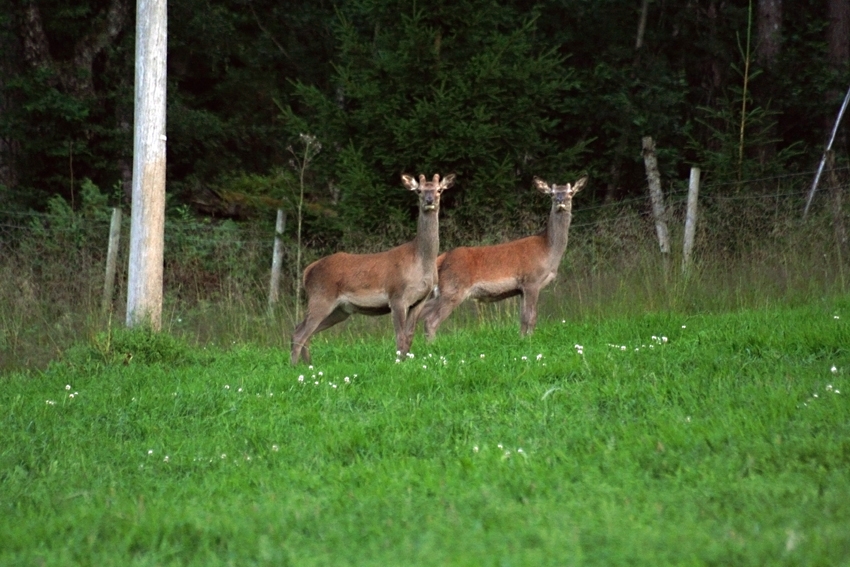EcoForest
EcoForest is a multi-disciplinary project focusing on pressing issues like biodiversity loss and carbon dynamics. The project is headed by Håvard Kauserud, and the other members of the project are Inger Skrede and Sundy Maurice, and researchers from NMBU, NINA and NIBIO.
EcoForest will provide a comprehensive overview on how forestry practices influence forest biodiversity, carbon pools and ecological processes, and will provide important knowledge for future sustainable forest management practices and climate mitigation strategies.
The boreal forests of Norway
Boreal forests store major parts of terrestrial carbon pools and house an extensive biodiversity, mediating various ecosystem processes, including carbon sequestration. In Norway, boreal forests have been affected by forestry for hundreds of years and only a small portion of the forests can be considered as natural forests. A high number of threatened species are associated with natural forests.
The EcoForest project will assess the effects of current stand-based forest management practices on species richness and genetic diversity, carbon stocks and dynamics, and processes linking these.
The effects of forestry on biodiversity
The project will produce new empirical knowledge on the effects of forestry on biodiversity and carbon sequestration processes in soil and dead wood. The improved understanding on forestry effects on species and genetic diversity will enable better informed management and conservation decisions that account for both aspects of biodiversity, while knowledge on the importance of processes affecting carbon stocks is critical for informed climate change mitigation and adaptation strategies.
Another outcome is new knowledge on DNA-based assessment and biomonitoring of terrestrial diversity, which will advance the use of this methodology in research and as an analytical tool in national monitoring programs.
The project will help in finding low-conflict solutions to societal and industrial challenges related to preservation of biodiversity and natural carbon stocks and sinks in the green transformation of the society.
#AgriDeer
The project is headed by Atle Mysterud, and it is a collaboration with Yngvild Vindenes and Hildegunn Viljugrein from the Department of Biosciences, and researchers from Nibio and NINA.
The primary objective is to understand the role of farmland to the wild red deer population under climate change and depending on population density as a basis for damage prediction and control.
The role of farmland for red deer ecology
Agricultural practices are changing globally putting biodiversity at risk. However, agriculture also contributes with subsidies to wildlife in the form of high quality forage. In this way, the natural and farmed landscapes have coupled dynamics. Farmland constitute only 3 % of Norway’s land area, and are naturally placed on the most fertile soils.
Land use and climate changes have contributed to an extreme growth in the populations of red deer causing damages to farmland crops. Yet, we have little quantitative knowledge of how much farming contribute to the production of wild red deer, the drivers of red deer use of farmland, and how we can predict damages as a basis for damage mitigation.
We are of course very happy to have received the project. We will try to calculate how much damage the deer does to farmland on a large scale, based on estimates of population density and land use. We will also calculate what this extraction of high quality pasture from farmland means for the growth of the deer population. We have dreamed of doing this for many years, but it is only now that such analysis methods have been developed, says Atle Mysterud.
Collaborators
#AgriDeer will provide essential knowledge on the role of farmland for red deer ecology as a basis for damage mitigation, and the active participation of the Landbruk Nordvest, Norwegian Environment Agency, the Norwegian Farmer Union and the Norwegian Forestry Association secure likelihood of high societal impact.
The project is a natural continuation of previous NFR projects HjortAreal (2006-11), TickDeer (2011-14) and DeerUnit (2015-19).
